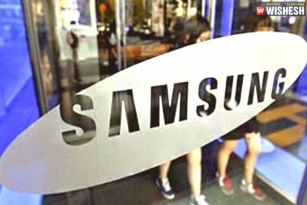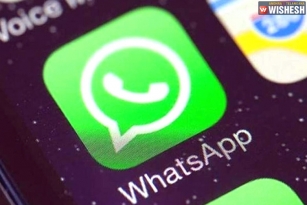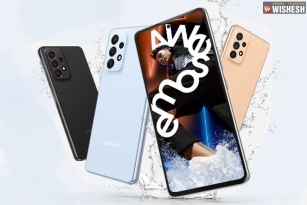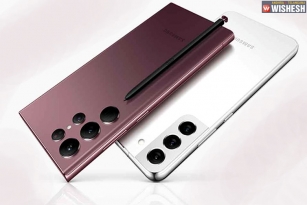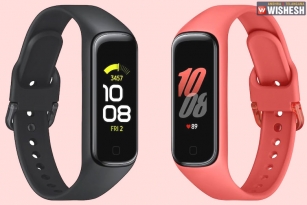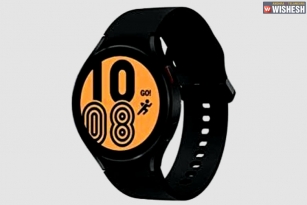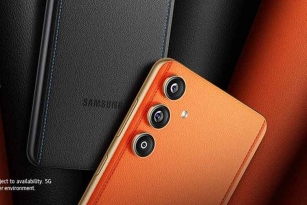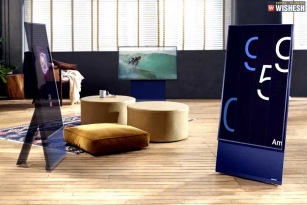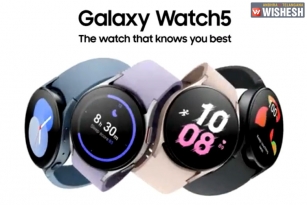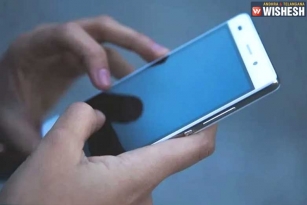
(Image source from: Samsung Galaxy S6 Review)
Take a critical look at any Samsung flagship from the last six years, and you could apply the same complaint to all of them: "this 'premium' phone doesn't feel premium." While Samsung has aggressively pushed the envelope on screen sizes, SoCs, and extra hardware features, the exterior of their devices hasn't changed over the years.
Recently, this stagnation in design has correlated with a stagnation in sales. The Galaxy S5 didn't do nearly as well as Samsung had hoped it would, with reports saying sales were 40 percent below Samsung's estimates. In its quarterly earnings, the company has seen profits drop as much as 60 percent. Apple is building phablets now, ending Samsung's near-monopoly on the big-screen phone market, and Chinese OEMs like Xiaomi, Lenovo, and Huawei are attacking the company at the low end of the market. It's been a rough year for Samsung, and with the Galaxy S6, the company needs a winner.
After spending a week with the Galaxy S6, it's safe to say Samsung built the phone it needed to build. Unlike HTC, Samsung's response to adversity has been to change. The Galaxy S6 finally ditches Samsung's infamous cheap plastic exterior, which people have only been complaining about for five years now. The S6 is all glass, and while that leads to some compromises, we think the change is worth it. In every territory, the S6 will be fitted with an Exynos processor, which lets Samsung dodge the heat problems of the Snapdragon 810. The camera is one of the best ever on any smartphone, and some day Samsung will enable a promising new tap-to-pay system that is already integrated into this hardware.
Upgraders from the Galaxy S5 will find a lot to complain about, though. The Galaxy S6 is aimed more at the mainstream phone market and less at the power user, so the S6 cuts the MicroSD slot, removable battery, water resistance, and Micro USB 3.0 port. The glass back, while more premium feeling, is more fragile than the old removable plastic back. Power users should probably look elsewhere.
Design and materials
Even the first few iPhones were made of plastic, but the industry has evolved since then, with Apple leading the way toward glass backs and then aluminum. The rest of the industry slowly followed suit: HTC has been milling phones out of aluminum for some time, Xiaomi just launched a phablet made of glass and aluminum, and Motorola offers aluminum-framed devices with leather or even wood backs. The companies that do make heavier use of plastic—Motorola (the Nexus 6) and Microsoft (with the Lumia line)—at least use thick, often milled, plastic with a matte finish.
For the most part Samsung has let these material improvements pass them by—the Galaxy S5 felt like it was made out of the same low-quality plastic as the Galaxy S1. Even across Samsung's price ranges, the exterior didn't change much—there isn't a huge difference between the $100 Samsung Z1 (the Tizen phone) and the $650 Galaxy S5.
This year Samsung finally took a serious step toward improving the exterior of its flagship—it finally stopped using plastic. The front and back of the Galaxy S6 is Gorilla Glass 4, while the sides are an exposed aluminum frame. Samsung's new choice of materials isn't perfect—glass gives you a better, more solid feel in exchange for a loss of durability. We're only moving from 50 percent glass to 100 percent glass, so it's not like the Galaxy S5 was indestructible, either. The glass back is just another reason not to drop your phone, which is something you should try to avoid anyway.
Like other Samsung phones, the Galaxy S6 gets a metal band around the outside, but now it's actually metal, instead of plastic made to look like metal. Samsung previously did metal frames on the Note 4 and Galaxy Alpha, which used straight metal sides with chamfered edges. The Galaxy S6 takes a new approach—rounded aluminum—which is a dead ringer for an iPhone 6. It feels and looks great, but it will earn Samsung some ridicule given its history with Apple.
Enlarge / The Galaxy S 1 through 6 (not to scale). Samsung's phone design hasn't changed much over the years.
One part of the device we're not happy with is the design of the front, which looks like every other Samsung device in existence. The Galaxy S6 uses basically the same front design as the Galaxy S3, which makes four flagships now where Samsung hasn't significantly changed the part of the device its users see the most. We wish Samsung would have the paid as much attention to the front of its devices as it does to the internals—Samsung now has the redesign cycle of a car manufacturer. This is the other half of the "Samsung devices feel cheap" equation: a $100 Samsung device has the same design as a $650 one, and that design is four years old.
The back is the complete opposite. It's a brand new design, and it looks great. It's just a smooth, flat sheet of glass with a sparing logo size and placement—we have a Sprint Galaxy S6, and there isn't even a Sprint logo on it! All of the colors in the S6 range have a shimmery metallic look to them that changes depending on how the light hits them. Our "blue" version runs the gamut from black to blue depending on the lighting conditions. The back is interrupted only by the returning LED/heart rate monitor (which still isn't very accurate) and the camera bump. The camera bump is substantial, which prevents the S6 from sitting stably on a flat surface, but it's worth it once you see the pictures it pumps out.
And now for the obligatory part where we talk about SD cards and removable batteries. These features were both in the Galaxy S5 and aren't in the Galaxy S6, and Samsung fans are mad about it. With the Galaxy S series, though, Samsung strives, above all else, to be mainstream. This is a phone designed to appeal to people who saw the advertisement on TV and walked into a Verizon Store to purchase "the new Galaxy phone." Normal people usually don't want to deal with the clunky process of using an SD card or swapping a battery—the absence of these features certainly hasn't hurt iPhone sales—so we really have no problem with those niche features not being in a company's most popular phone.
Power users and cloud-averse data hoarders are a market that should be addressed, but it's a good bet that these features were a waste for most of the millions of the non-tech savvy people who bought a Galaxy S phone. These are the most popular Android devices, purchased by millions of people, and we really don't see anything wrong with Samsung tailoring the phone feature set for that market.
The good news is that the S6 comes in a 128GB version now, so data hoarders still have an option. A 128GB MicroSD card is about $100, though—to upgrade from the base 32GB version to the 128GB version, you'll have to pay about twice that. And for those wondering, our fully updated Sprint GS6 had 9GB taken up by the OS, pre-installed apps, and updates.
- Manohar. M














